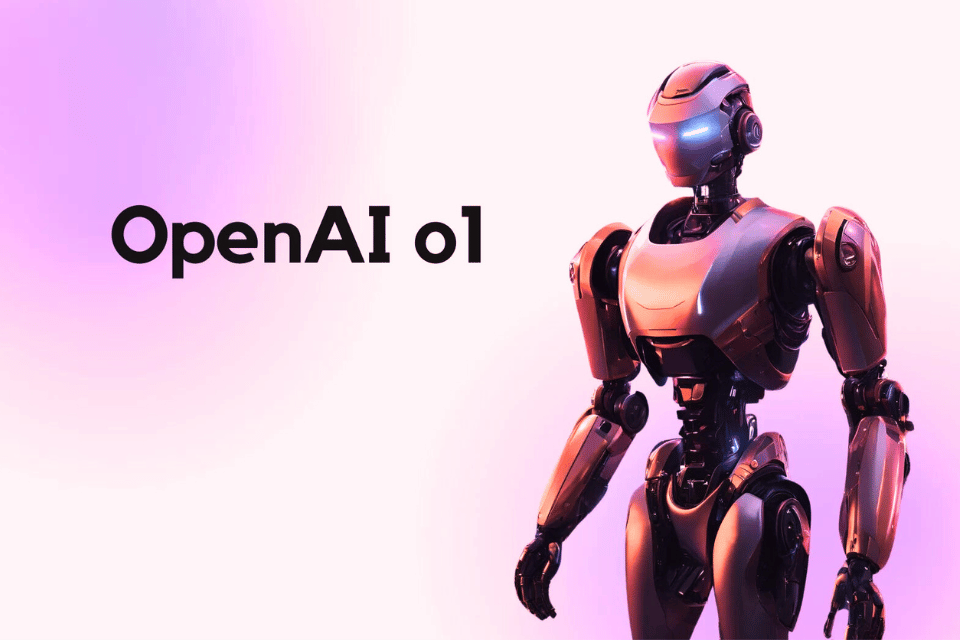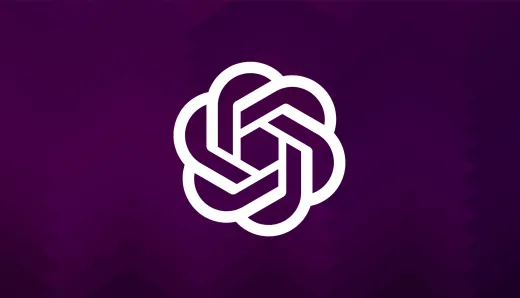OpenAI’s o1 Model Pushes AI Boundaries in Complex Problem-Solving

OpenAI’s latest o1 model is redefining the way AI handles complex tasks, focusing on advanced reasoning to break down and solve problems more effectively than its predecessors like GPT-4o. The notable characteristic of the o1 series, including the smaller o1-mini model, is its "chain-of-thought" reasoning. This method allows the AI to think through problems step by step, much like a human would. This gives the o1 models a significant advantage in tasks that require more than simple, surface-level processing, such as complex coding or scientific analysis.
In tests, the o1 model outperformed GPT-4o significantly, scoring 83% in the International Mathematics Olympiad qualifying exam, compared to GPT-4o’s 13%. This impressive jump highlights the o1 model’s potential for tasks in fields like mathematics, physics, and coding, where deep analytical thinking is required.
Focus on safety is what really sets the o1 apart from earlier models. OpenAI has implemented a rigorous safety framework, designed to assess and mitigate risks before releasing the model. These evaluations found that while the o1 series is highly capable, it also poses certain risks in areas like persuasion and chemical, biological, radiological, and nuclear threats. Despite this, the model performed extremely well in resisting attempts to bypass its safety protocols, a practice known as "jailbreaking." In tests, o1 scored an impressive 84 out of 100 in jailbreak resistance, compared to GPT-4o’s much lower score of 22.
The o1 series, while more resource-intensive and slower than GPT-4o for simple tasks, shines in situations where complex, multi-step reasoning is needed. It’s not just about answering questions quickly but about answering them correctly and with depth. OpenAI is looking to integrate this model into broader systems, with Microsoft already moving to bring o1 into its Copilot 365 system. This signals that o1’s practical applications are likely to expand, impacting industries from healthcare to software development.
With its blend of advanced reasoning and enhanced safety, the o1 model represents a pivotal moment in AI development. Its ability to solve complex problems while adhering to strict safety guidelines sets it apart in an increasingly crowded AI landscape. As AI continues to evolve, models like o1 will push the boundaries of what machines can achieve—opening doors to innovations that were previously considered out of reach.
Stay Updated with all of the Trending News Topics here!!




